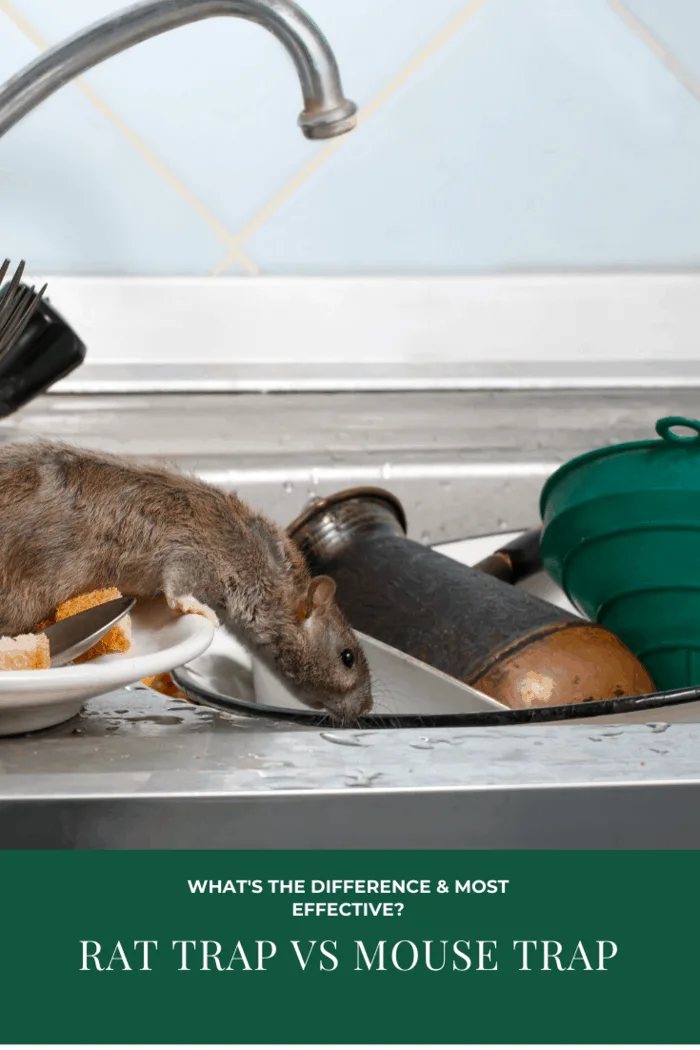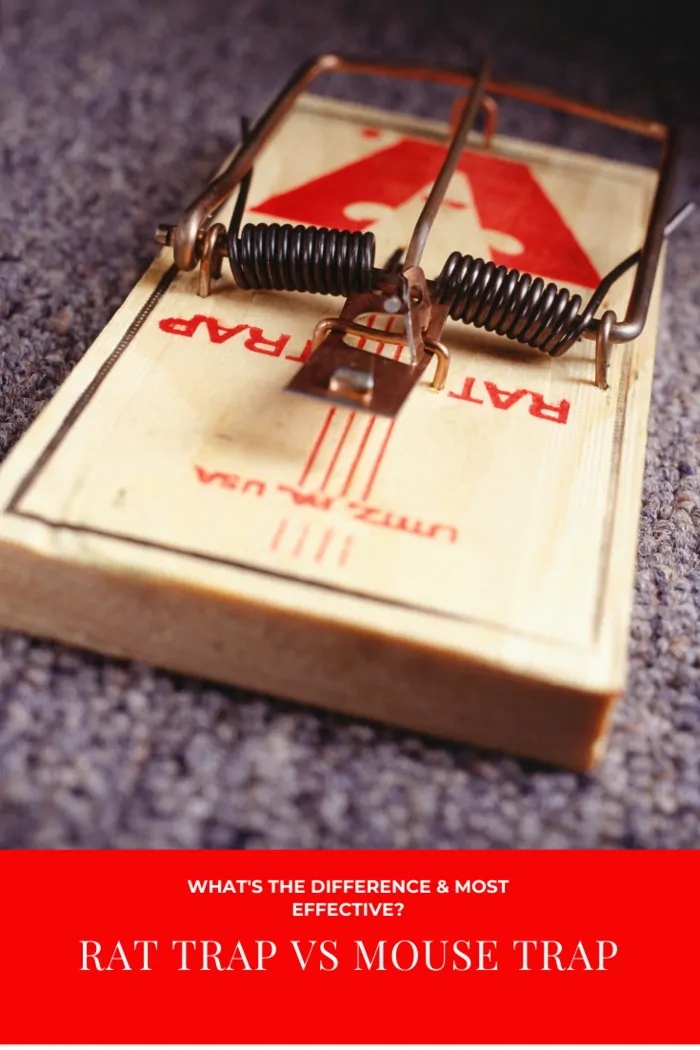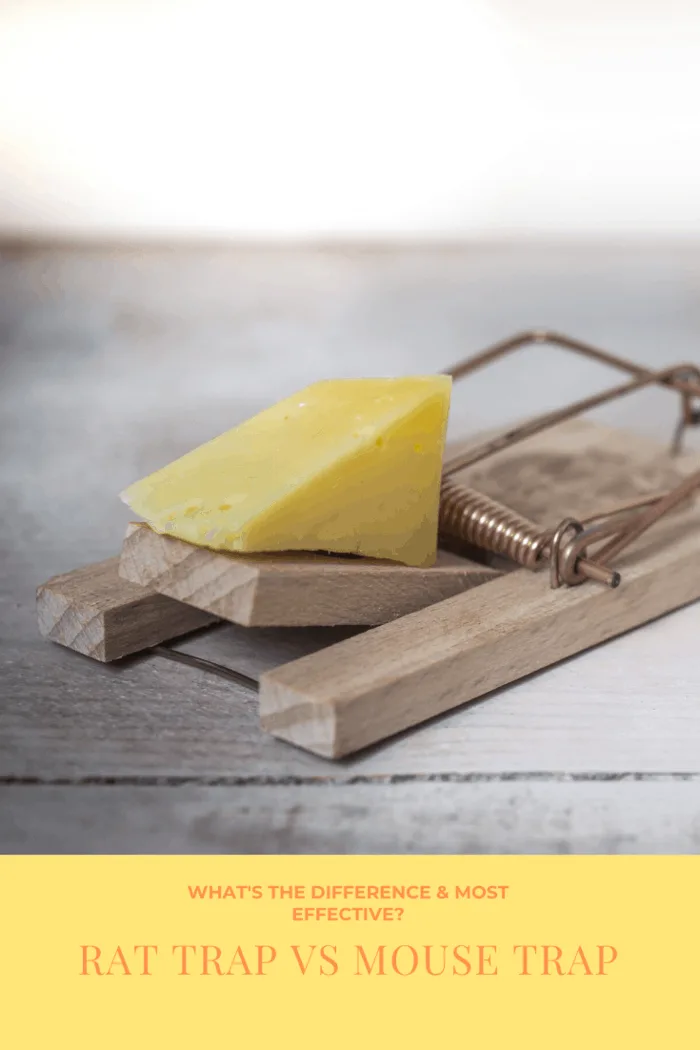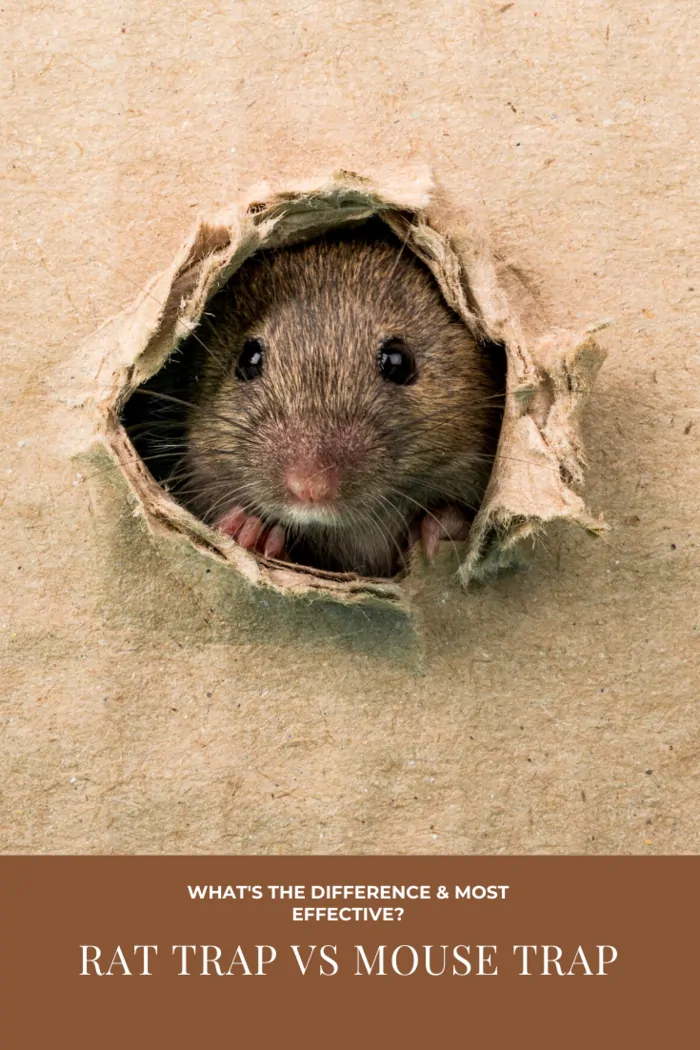Confused about rat trap vs. mouse trap? Learn the crucial differences, find the best trap for your needs, and get expert tips for effective rodent control!
Rat Trap vs. Mouse Trap: What’s the Difference and Which One is Most Effective?
Dealing with Rodents: A Personal Nightmare
Imagine waking up every morning to find your kitchen or living room in utter chaos. It’s not a case of burglars ransacking your home, but rather the work of tiny nocturnal invaders—rodents. Mice and rats, with their unsettling habit of appearing under the cover of darkness, can transform a peaceful home into a battleground. Understanding the nuances between rat traps and mouse traps can make all the difference in your quest to reclaim your space.
According to the National Pest Management Association (NPMA), nearly 29% of Americans have encountered a rodent problem in their homes in the past year.

Identifying Your Invader: Rat vs. Mouse
Before diving into the best traps for your rodent problem, let’s distinguish between the two common culprits.
Rats: Generally, rats are medium-sized rodents with long, thicker tails. They include various species such as Norway rats, black rats, and even Polynesian rats. A typical rat can be around 18 to 20 inches long, including its tail.
Mice: Mice, on the other hand, are smaller, about 2 to 3 inches long, with long, thin tails. They come in several species, including field mice and house mice. Their size and agility make them a different challenge compared to their larger counterparts.
Signs You Have Rodents:
- Droppings
- Urine odors
- Gnawed holes
- Rub and gnaw marks
- Rodent runways
- Rodent nests
- Scampering noises
- Unusual pet behavior
Choosing the Right Trap: Size Matters
When selecting a trap, the size of your rodent is crucial. Mice, being smaller, require traps that are proportionately smaller than those used for rats. A trap too small or too large will either not work effectively or will fail to catch the rodent.
Quick Tips:
- Mouse Traps: Opt for smaller, more delicate traps.
- Rat Traps: Choose larger, sturdier traps that can handle the greater strength of a rat.
Studies have shown that snap traps are up to 90% effective in capturing mice, while live traps can be effective up to 50% in catching rats, depending on placement and bait.

The Killing Action: Snap, Glue, or Electric?
Mouse Traps: Mice, though smaller, are quick and need traps that close swiftly to prevent escape. Snap traps are an economical choice, designed for a quick kill. Glue traps are another option, though they are often debated regarding humaneness.
Rat Traps: Rats require robust traps due to their larger size and strength. Consider electric traps for a clean, quick kill, or classic snap traps with enhanced durability. Always evaluate the trap’s killing mechanism to ensure it aligns with your preferences.
Effective Baiting: What Works Best?
Mice: Contrary to popular belief, cheese is not the most effective bait for mice. Instead, use foods high in fat, such as peanut butter, bacon, or nuts. Mice are particularly attracted to fresh, juicy baits.
Rats: Rats are less likely to be lured by cheese. Opt for high-fat options like bacon or hot dogs. Ensure the bait is securely placed to avoid the rodent escaping with it.
Research indicates that rats are less attracted to cheese than previously believed, with high-fat foods like bacon and peanut butter proving to be more effective baits.

Strategic Placement: Where to Set Your Traps
Mouse and Rat Hideouts: Rodents are drawn to food sources, so place your traps near these areas. Mice typically frequent pantries and food storage areas, while rats may be found near larger food sources or nesting sites.
Placement Tips:
- Mice: Set traps near droppings or gnawed holes.
- Rats: Look for runways and nests to position your traps effectively.
Mice can make up to 30 visits to a food source each day, highlighting the importance of strategic trap placement and effective baiting.

The Frequency of Trapping: Patience Pays Off
For Mice: You might catch a few mice at once if the infestation is significant. Place several traps in strategic locations and be patient. Observe which baits are most effective.
For Rats: Since rats often come in groups, you might need multiple traps. Don’t be discouraged if the first few attempts don’t yield immediate results. Persistence and strategic placement are key.
Final Thoughts and Recommendations
Choosing between a rat trap and a mouse trap depends on the specific rodent problem you face. Remember, cheese is not ideal bait for either type of rodent. Opt for fresh, high-fat foods to attract and capture your pests.
Ready to tackle your rodent problem? Check out the latest traps and solutions on Amazon to find the perfect fit for your needs. Don’t let pests take over your home—act now and restore peace to your space!
—
Sources and References:
- “Rodent Control: A Practical Guide.” National Pest Management Association.
- Smith, J. (2023). “Effective Rodent Control Strategies.” Pest Solutions Magazine.
